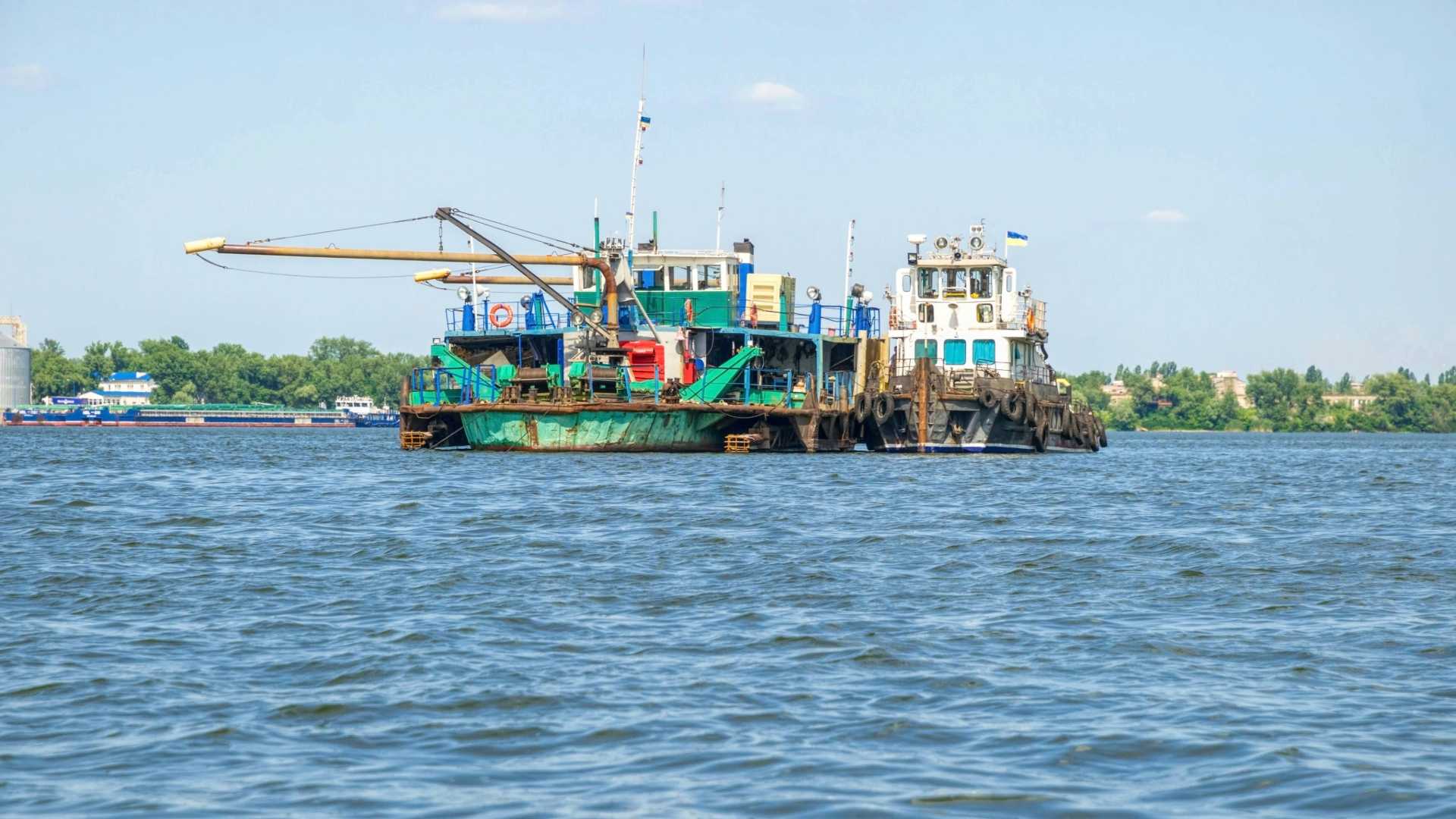Introduction
The Alberni Inlet, stretching inland from the Pacific Ocean into the heart of Vancouver Island, has long been a vital waterway for the communities of the Alberni Valley. From transporting timber and goods to supporting local industry and maritime navigation, this inlet has played a central role in the region’s economic and social development. At the core of this functionality lies a lesser-known but essential practice: dredging.
Since the early 20th century, dredging has been critical in maintaining navigable waterways in the Alberni Inlet. Historical records, including photographs from the Alberni Valley Museum, provide a glimpse into this industrial activity, including a striking 1940s image showing a dredge in action. This snapshot captures more than machinery at work—it tells the story of how dredging technology helped shape the region’s landscape and infrastructure.
What Is Dredging?
Dredging is the process of removing sediment, silt, and debris from the bottom of lakes, rivers, harbors, and other bodies of water. Over time, natural sedimentation can reduce water depth, obstruct navigation, and disrupt aquatic habitats. Dredging clears these materials, deepens channels, and maintains safe access for boats and ships.
The equipment used in this process—called dredges—varies depending on the type of dredging needed. Common types include cutter suction dredges, clamshell dredges, and bucket ladder dredges, each designed for specific conditions and material types. In Alberni Inlet, historical dredging likely involved bucket or clamshell dredges mounted on barges, as shown in early photographs.
The Early Days: Dredging in the 20th Century
Dredging in the Alberni Inlet gained importance in the early 1900s as the timber industry expanded rapidly in British Columbia. With lumber mills and logging operations centered in Port Alberni, there was a growing need to maintain deep and navigable waterways for tugboats and barges carrying logs, lumber, and supplies.
In those early years, dredging technology was still relatively mechanical. Steam-powered dredges were commonly used, employing bucket systems to scoop and deposit sediment. The dredged material was often relocated to designated disposal sites or used for shoreline reinforcement. These early operations played a pivotal role in establishing Alberni Inlet as a functioning commercial waterway.
Supporting Local Industry and Trade
The dredging of Alberni Inlet was not limited to keeping channels clear; it also involved maintaining the depth of the inlet. It also supported wharf construction, harbor expansion, and waterfront development—all of which fueled economic growth. By maintaining a consistent depth along the inlet, dredging enabled large vessels to access industrial ports, shipyards, and processing facilities.
As the port became more active, regular maintenance dredging was required to remove accumulating sediment. Without it, vessels risked grounding or being unable to access docks, especially during low tides. Thus, dredging became a routine part of maritime operations in the region.
Dredging Technology: Then and Now
Over the past few decades, dredging technology has undergone significant evolution. In the mid-20th century, hydraulic dredges began to replace purely mechanical methods. These used suction to remove material more efficiently and with greater precision. Modern dredges are now equipped with GPS, sonar mapping, and automated control systems that enhance accuracy, reduce environmental impact, and increase productivity.
In Alberni Inlet, these technological advancements enable dredging to be performed more quickly and with less disruption to local ecosystems. Today’s dredges can also separate and process materials for reuse, such as using dredged sediment in land reclamation or erosion control.
Environmental Considerations
Modern dredging practices in British Columbia—and across Canada—are subject to strict environmental regulations. Permits are required before any dredging can be conducted, with assessments made on potential impacts to aquatic life, water quality, and shoreline habitats.
In the past, these considerations were often secondary to industrial goals, but today’s dredging operations prioritize ecological balance. In the Alberni Valley, efforts are made to conduct maintenance dredging during periods that avoid fish spawning seasons or other critical times in the local ecosystem.
Cultural and Historical Significance
Historical images, such as the one found in the Alberni Valley Museum’s online archive, do more than document equipment or techniques—they serve as reminders of how dredging contributed to community development. For over a century, dredging has ensured that the Alberni Inlet remains a functional and vital part of the region’s identity.
These images also showcase the evolution of labor, industry, and technology in the area. Workers who operated dredges in the early 1900s played a crucial role in developing infrastructure that continues to serve the community today. From transporting goods to hosting recreational boating and fishing, the benefits of those early dredging projects continue to resonate.
The Future of Dredging in Alberni Inlet
Looking ahead, dredging will continue to be an important tool for maintaining navigable waterways in the Alberni Inlet. As climate change brings shifts in sedimentation patterns and rising sea levels, proactive dredging will help mitigate risks such as flooding and port inaccessibility.
The continued development of environmentally friendly dredging technology—such as electric dredges, sediment containment systems, and real-time monitoring—will further reduce impacts while maintaining functionality. These innovations ensure that the inlet can continue to serve its community without compromising ecological integrity.
Conclusion
The story of dredging in Alberni Inlet is one of progress, adaptation, and resilience. Since the early 20th century, this essential practice has supported the growth of local industry, preserved maritime routes, and laid the groundwork for modern infrastructure. Through the evolution of dredging technology, the region has successfully balanced development with environmental stewardship.
By revisiting historical records and appreciating the legacy of these efforts, communities can gain a deeper understanding of the critical role dredging has played—and continues to play—in shaping the Alberni Valley’s landscape and livelihoods.
